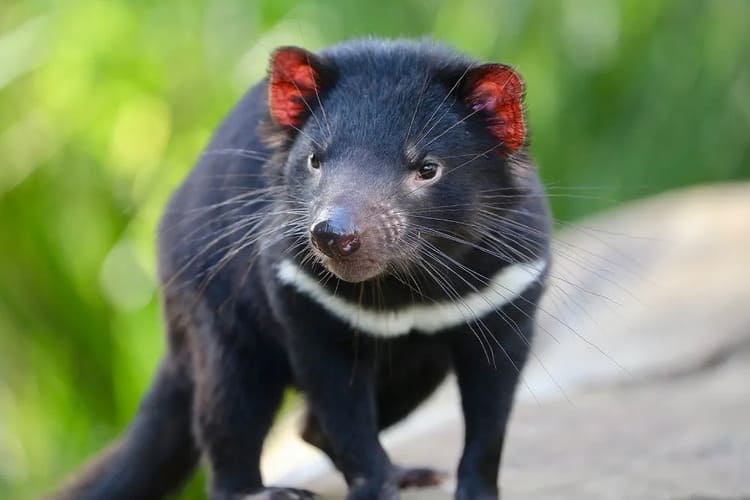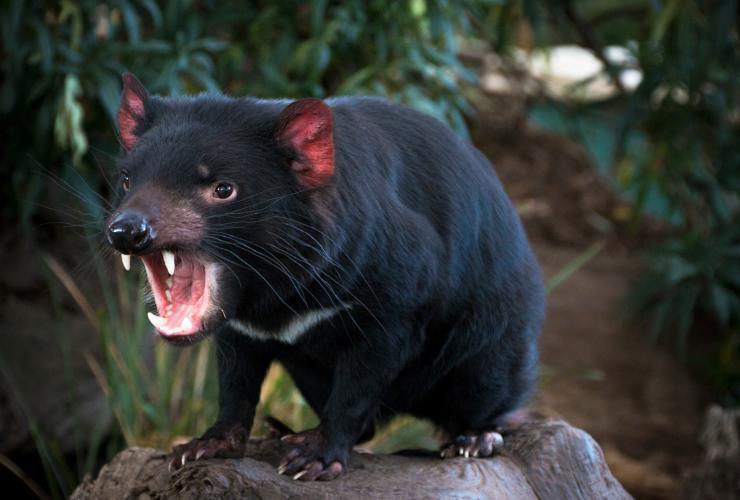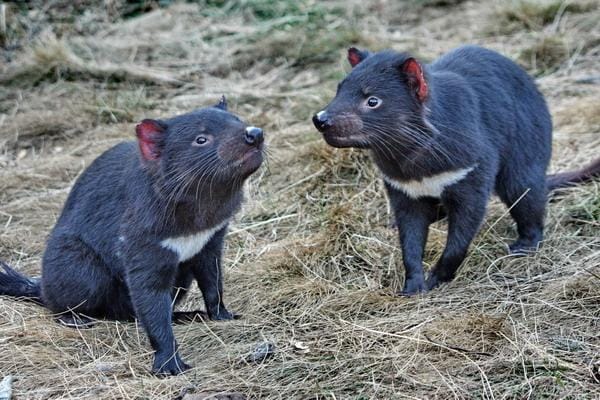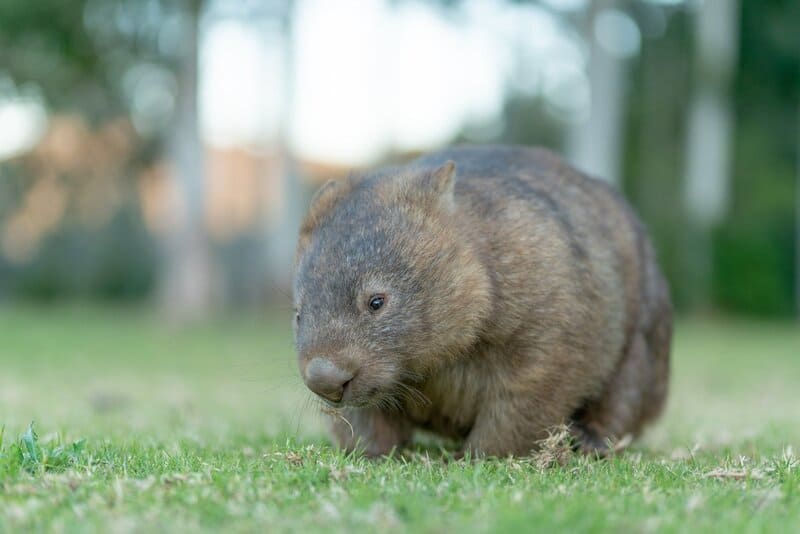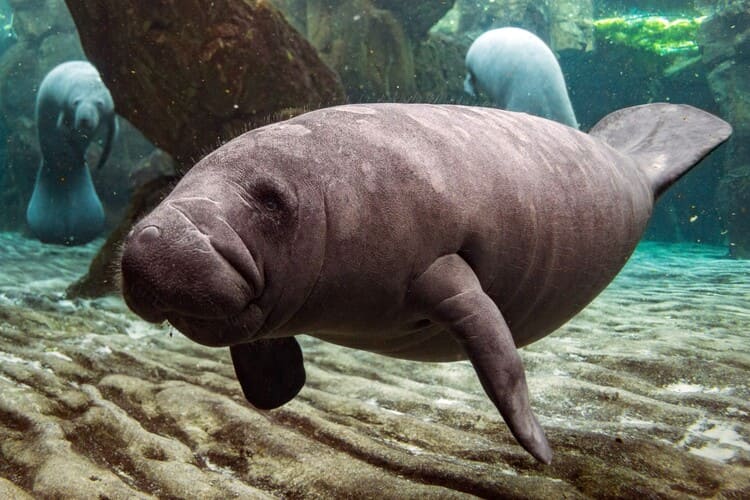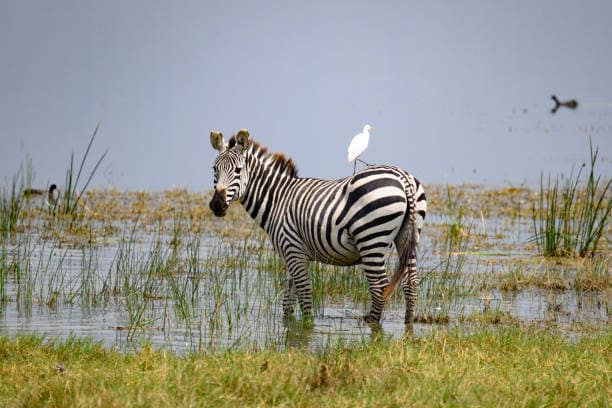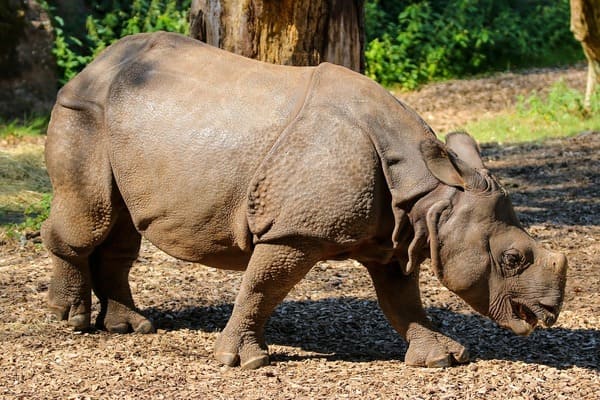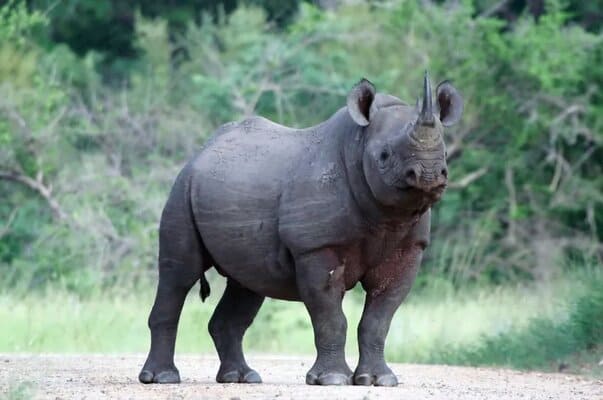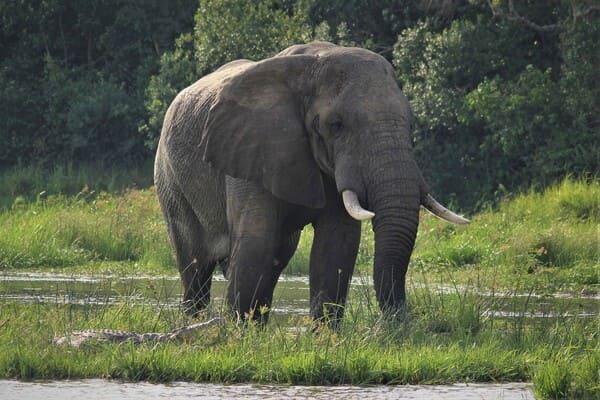Tasmanian Devil
IUCN
ENBasic Information
Scientific classification
- name:Tasmanian Devil
- Scientific Name:Sarcophilus harrisii
- Outline:Mammal
- Family:Dasyuridae Sarcophilus
Vital signs
- length:Head–body 57–65 cm; tail 23–30 cm
- Weight:Males 6–8 kg; females 4–6 kg (seasonal)
- lifetime:5–6 years in the wild; longer under care
Feature
Carnivorous marsupial; powerful bite; scavenger; nocturnal; impacted by DFTD.
Distribution and Habitat
Tasmania only: wet sclerophyll forests, scrub, coastal and agro‑forest mosaics.
Appearance
Mostly black with white chest/hip patches; large head and jaws; short thick tail.
Details
Tasmanian devil (Sarcophilus harrisii) is the largest living carnivorous marsupial, native only toTasmania. With a powerful bite and robust skull, it scavenges and hunts small vertebrates, providing an important ecosystem service. Since the mid‑1990s a transmissible cancer—devil facial tumour disease (DFTD)—has driven major declines; IUCN status: Endangered (EN).
Ecology & Behaviour
Nocturnal and mostly solitary; feeds on carrion, reptiles, birds and invertebrates. Social encounters at carcasses involve loud calls and brief dominance interactions. Breeding in austral autumn; females produce more young than teats (typically four), causing intense early competition.
Identification
Stocky, low‑slung body; mostly black with white chest/hip marks; large head and jaws; thick short tail that stores fat.
Threats & Conservation
DFTD reduces survival and fecundity.
Road mortality linked to nocturnal scavenging near roads.
Habitat alteration and dogs affect local populations.
Actions: captive insurance populations and reintroductions, disease surveillance, genetic management, road‑kill mitigation and community programs.
FAQ
Q1. Are devils dangerous to people?
Generally wary; conflicts are food‑related. Do not feed or provoke.
Q2. Is DFTD curable?
Some natural resistance is emerging, but conservation relies on isolation, breeding and translocations.
Q3. Where are they found?
Only in Tasmania and nearby islands across forests, scrub and mixed farmland mosaics.

